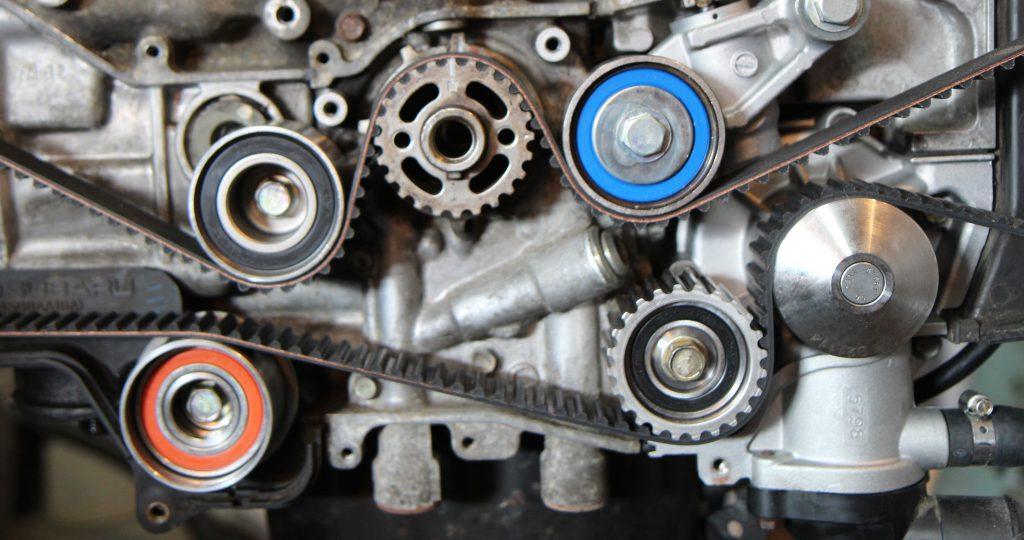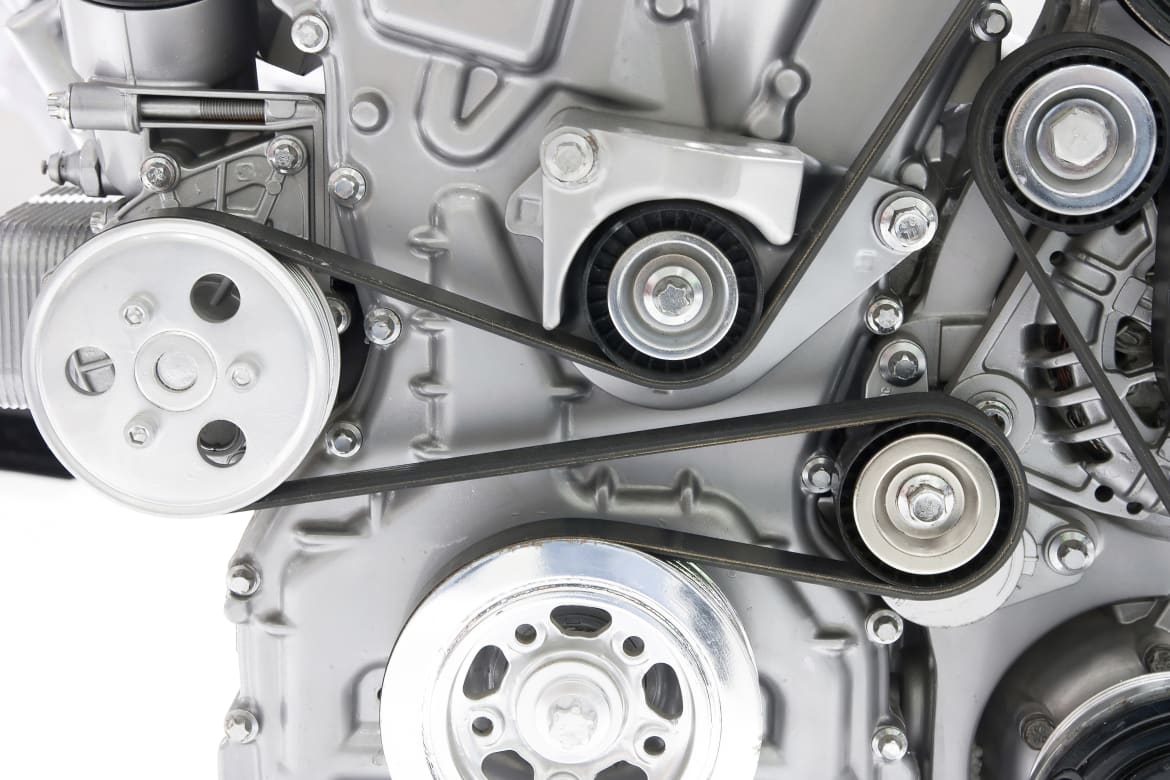Your car’s engine is the amalgamation of various parts that help it to work properly. Drive belt and timing belt both are located in the engine but a few functionalities separate them from each other. So, what exactly is up with Drive Belt Vs Timing belt? You will find the answer right now.
So, let’s get to know about the comparison now!
Contents
Drive Belt Vs Timing Belt – The Complete Comparison
Drive Vs Timing belt, which one you should prefer for your car is what you are about to find out. So, explore the complete contrast of these two belts right away!
1. Drive Belt
A drive belt, serpentine belt, accessory drive belt, or fan belt, you can call it anything. This belt is present at the external engine portion. Built with rubber, the belt powers up the engine’s accessories.
A drive belt drives the essential parts of the car such as AC, water pump, alternator, and power steering, all.
The approximate life of a drive belt is twelve thousand miles. The drive belt is easily discernible either on the front or on the sides.
The drive belt twirl accessories (AC, front engine fan, and much more) by running off the crank winch.

Due to the presence of fewer teeth on the belt, there could be some events of poor synchronization and slippage. But, drive belts are easy to replace and repair as it is open and can be reassembled in no time.
SEE MORE:
2. Timing Belt
While talking about drive belt Vs timing belt comparison, unlike drive belt, timing belt is located inside the shield. Timer belt or chain compels camshafts. Sometimes, they also access the water pump as well.
The timing belt connects the lower engine with the upper engine and ensures that the inner engine’s components work in a coordinated manner.
The presence of multiple teeth makes timing belts efficient and capable as compared to drive belts. In addition, there is no slippage in timing belts.
Moreover, in case you are thinking about using some maintenance tips for repairing the worn timing belt, think again.
As it is inside the hood and is not visible on either side of the car, it becomes difficult to maintain the timing belt.
But, apart from typical maintenance, the timing belt is more durable than drive belt as it can cover up to sixty thousand miles without any error.
>> Buy a used car from reliable Japanese seller here <<
3. The digest of Drive belt Vs Timing belt
Both belts are competent and you can go any of these depending on your requirement. The drive belts are suitable for those who don’t travel much.
On the other hand, if you visit the hilly and rough road frequently, timing belts are the best fit. So, pick the right belt for your engine to travel a few more miles.

FAQs
-
Which one is more critical for my car’s operation, a drive belt, or a timing belt?
Both belts are essential, but the timing belt is more critical for engine operation. If the timing belt fails, it can lead to severe engine damage. A drive belt failure can cause inconvenience but is less likely to result in engine damage.
-
How often should I replace my drive belt and timing belt?
The replacement intervals vary depending on your car’s make and model. Generally, drive belts should be inspected regularly and replaced when signs of wear or damage are detected.
Timing belts typically have a manufacturer-recommended replacement interval, often between 60,000 to 100,000 miles, or every 5-7 years.
-
What are the signs of a failing drive belt or timing belt?
Signs of a failing drive belt may include squealing noises, loss of power steering, or a dead battery. A failing timing belt can lead to engine misfires, rough idling, or difficulty starting the car.
-
Are there any advantages of using a timing chain instead of a timing belt?
Some vehicles use timing chains instead of timing belts. Timing chains are generally more durable and longer-lasting than belts, often lasting the lifetime of the engine. They require less maintenance but can be more expensive to replace if they fail.
-
Can I replace a timing belt with a timing chain, or vice versa?
Converting from a timing belt to a timing chain (or vice versa) would typically require significant modifications to the engine and is not a common or practical upgrade.
-
Can I replace a drive belt myself, or should I go to a mechanic?
Replacing a drive belt can be a DIY task for those with automotive experience and the necessary tools.
However, if you’re unsure or uncomfortable with the procedure, it’s best to have a professional mechanic handle the replacement.
-
How can I extend the lifespan of my drive belt and timing belt?
Regular maintenance and inspection are crucial. Keep the belts properly tensioned, and replace them at the manufacturer-recommended intervals. Also, avoid exposing the belts to extreme temperatures and contaminants.
-
What is the cost difference between replacing a drive belt and a timing belt?
Drive belt replacement is generally less expensive than timing belt replacement.
Timing belt replacement can involve more labor and, in some cases, may require disassembling parts of the engine, making it a costlier procedure.
-
Are there any performance advantages to upgrading drive belts or timing belts in my car?
Upgrading to performance drive belts or timing belts can improve power transmission efficiency, but it may not result in significant performance gains unless you have a high-performance vehicle with specialized needs.
Check out this video from Scotty Kilmer to learn how to check timing belt in your car!
Now, you know every feature of the drive belt and timing belt. Hope you have decided which belt is appropriate for your car with this drive belt Vs timing belt comparison.
So, drive worry free when you have resourceful belts!



